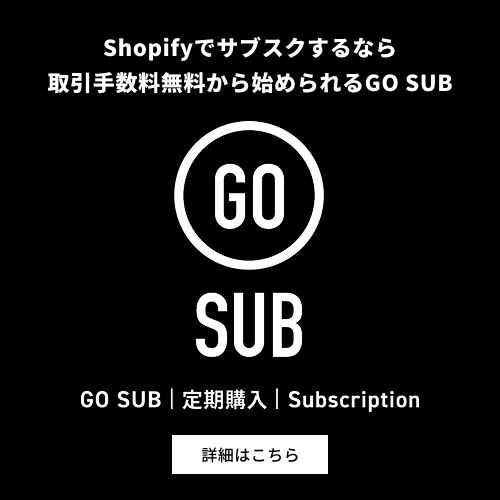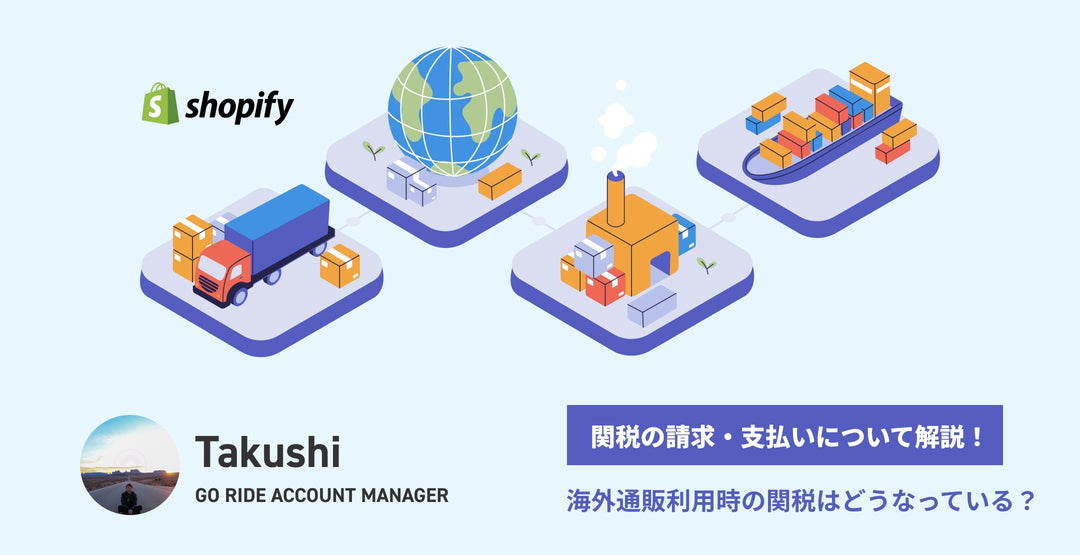Quick improvements you can make! UI/UX design tips to boost your conversion rate
To increase the purchase rate on your e-commerce site, it’s essential to design a site where users can easily find and buy products without stress. Optimizing your e-commerce site’s UI can significantly improve your conversion rate. In this article, we’ll introduce five key improvement points, along with real-world examples of excellent e-commerce site UIs!
What is UI/UX design?
First, let’s briefly explain what UI/UX actually refers to! UI (User Interface) means the “visual elements such as screen layout and button placement.” UX (User Experience) refers to “the overall experience, including ease of use and satisfaction, when using a site or app.”
For a more detailed explanation of UI/UX, please also refer to our previous article on the topic.
|
[Related Article] |
What Makes a Good UI for an E-Commerce Site?
For an e-commerce site to succeed, it’s essential to have a user interface (UI) that allows users to easily find products and smoothly make purchases without confusion.
By implementing well-designed UI, you can expect to improve your conversion rate (CVR) and increase customer satisfaction.
Below, we’ll explain five UI techniques you can implement right away to boost your purchase rate!
① Add Filtering by Category
When an e-commerce site has a large number of products, it can be difficult for users to find what they’re looking for using only the search bar.
By providing category filters, you create a more intuitive UI, making it easier for users to select what they want and reducing their effort.
For example,
at the FAN+Life store, which sells entertainment products like character goods and V-point cards, items are divided into categories such as “Works,” “Items,” “Brand,” and “Genre,” allowing users to further filter and display products accordingly.
Additionally, by changing the color of the text to distinguish between items that can and cannot be searched for each collection, an easy-to-understand filtering system has been implemented.
As for the key UI elements for filtering:
・Design of the filter function
・How categories are arranged (such as sidebars or dropdowns)
These are the main points.
Also, in terms of UX impact,
making it easier to search for products leads to a lower bounce rate and higher return visits.
② Display product rankings
By showing best-selling product rankings, it becomes easier for users to decide "which product to choose."
This is especially effective for new users, who tend to refer to popular items, making the use of rankings very effective.
As a specific example, this is also the case with FAN+Life.
In this store, the ranking section is placed on the top page.
 For the UI elements of product ranking, the key points are:
For the UI elements of product ranking, the key points are:
・Ranking layout (list format)
・Visual emphasis (designs and color schemes that make the numbers stand out)
These are the main points.
In terms of UX impact, making popular products more visible can increase purchase intent and lead to faster decision-making.
③ Display multiple product images
Because you can't try on or physically check items on e-commerce sites, the quality and quantity of product images become key factors in purchase decisions.
By posting images from various angles and usage shots, you can help alleviate user uncertainty.
For example,
on the GAEDEN TOKYO store, which sells apparel, not only are there photos of products from different angles, but also several images of models actually wearing the items.
In this way, for apparel, in addition to product-only photos, posting try-on photos is especially effective.
As UI elements, for example:
・Design of the image slider (thumbnail arrangement, zoom function)
・Image display format (enlarge on hover, swipe support, etc.)
These points are also included.
As for the impact on UX, increasing the amount of visual information helps reduce purchase anxiety and lowers return rates.
④ Add a favorites feature
Features like “Save for Later” and “Compare” cater to users’ needs to revisit or evaluate products. Allowing users to save items before adding them to their cart creates a reminder effect, which can lead to higher purchase rates.
For example, at the daily goods store FORNE, a favorites registration feature is available, making it easy for users to save products they’re interested in.

As for UI elements: ・Designing heart marks and buttons so they’re easy to find and use ・Displaying the favorites list (for example, from the header on the top page) In terms of UX, making it easier for users to consider purchases increases revisit rates and decreases cart abandonment.
⑤ Place a slider in the first view
The first view (the screen that appears the moment a user opens the site) is a crucial point in determining whether users will stay on an EC site.
By utilizing sliders, you can visually communicate your main products and campaign information more effectively.
Additionally, by linking sliders to product pages, you make it easier for users to find the products they want, improving usability.
For example,
at the ikedaya store, which carries traditional Japanese clothing, a slider is placed on the first view to highlight the appeal of their main products. At the same time, smooth navigation is provided so users can transition directly to product pages from the slider.
As a key UI element,
・Slider layouts (full-screen, horizontal content layouts, etc.)
・Motion line design (guiding users to product pages with a click)
These approaches can influence UX by creating a strong first impression, which can lower bounce rates and increase engagement.
Summary
In addition to the five methods we've covered so far, there are many other effective UI techniques for EC stores.
This time, we focused on methods that are relatively easy to implement!
To boost sales on your EC site, it's important to create an environment where users can "shop comfortably."
Be sure to consider these tips for your own store!










![[Shopify Plus] Automate your sales! Schedule theme and price changes on Launchpad and important points to note](http://goriderep.com/cdn/shop/articles/launchpad_788bf14b-1e5a-43b8-8691-f82c13dd73fb.jpg?v=1764920808&width=600)
![Shopify Update Summary [4th Week of November] - Strengthening Support When in Trouble + Development Progressing Steadily](http://goriderep.com/cdn/shop/articles/update-3_ac2f902b-157b-4c8c-b934-5cd24e0642fe.png?v=1764195067&width=600)

